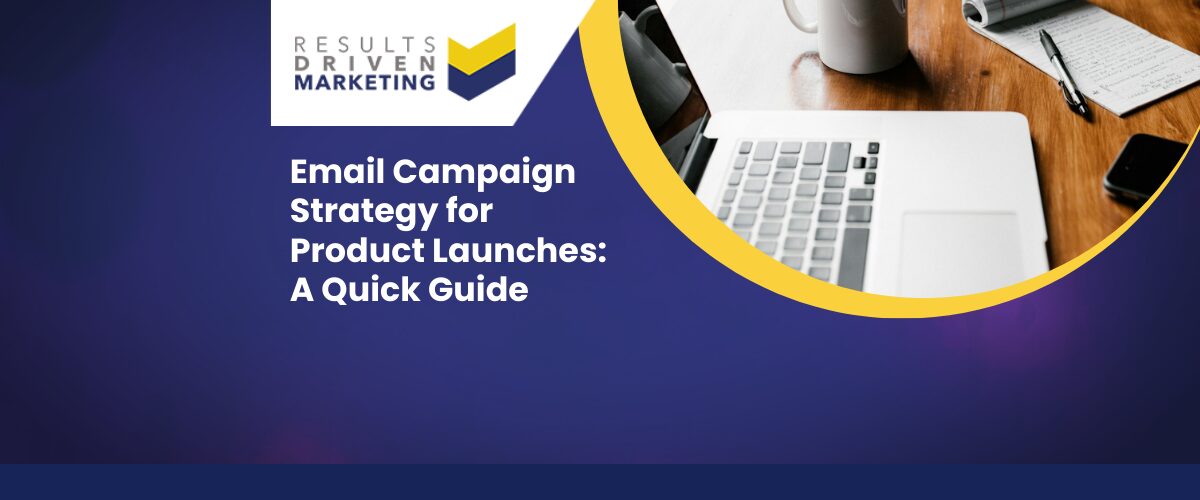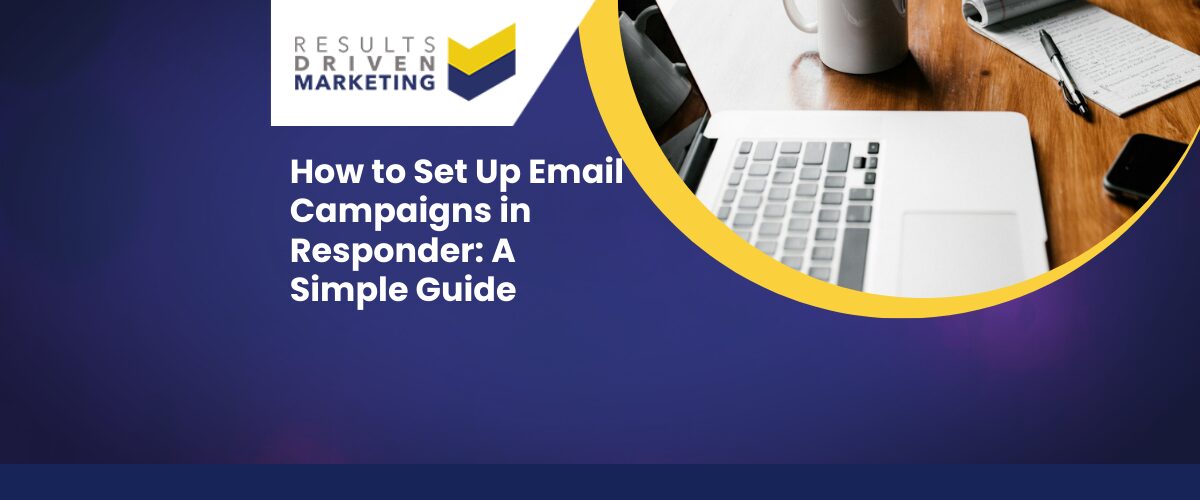
How to Generate UK Business Leads That Convert in 2025
Generating UK business leads in 2025 is about more than filling a spreadsheet—it’s about finding real opportunities that convert. For SME owners, sales directors, and marketers who rely on purchased B2B data, the challenge isn’t access to contacts—it’s knowing which leads are worth your team’s time. In today’s competitive market, poor-quality leads can waste hours, inflate costs, and derail outreach campaigns.
But it doesn’t have to be that way. With the right approach to data sourcing, segmentation, and outreach strategy, UK SMEs can consistently generate leads that are not only compliant and targeted—but also ready to engage. In this guide, we’ll show you how to identify high-value leads, avoid common pitfalls, and create a system that delivers reliable, repeatable results. Whether you’re new to outbound or looking to refine your process, this is your roadmap to lead generation that actually works.
Why Quality Leads Matter More Than Ever
When it comes to UK business leads, more doesn’t always mean better. In 2025, smart SMEs are shifting away from volume-focused strategies and leaning into precision. Why? Because chasing low-quality leads costs more in time, money, and morale than it’s worth.
High Volume vs. High Relevance
It’s tempting to go after thousands of contacts in one go—but if only a fraction of them are a good fit, you’re spending valuable resources on outreach that won’t convert. Fewer, better-matched leads often result in higher reply rates, shorter sales cycles, and stronger long-term customer relationships.
The Hidden Cost of Poor-Quality Leads
Bad data doesn’t just waste time—it damages sender reputation, skews your metrics, and burns out your team. Salespeople stuck following up with the wrong contacts quickly lose trust in the process, and marketers struggle to measure campaign effectiveness.
Work Smarter, Not Harder
By focusing on high-quality, well-segmented leads, you create space for your outreach to be more relevant and personal—two qualities buyers increasingly expect. And when your team sees better results from fewer touches, you build momentum and confidence across the board.
What Makes a Lead Worth Pursuing?
Not all UK business leads are created equal. Before you spend time crafting outreach or setting meetings, it’s important to qualify your leads. Here’s how to identify the ones most likely to convert.
Clear Fit with Your ICP (Ideal Customer Profile)
A great lead aligns closely with your Ideal Customer Profile. This means they meet key criteria like:
-
Industry or sector relevance
-
Company size or turnover
-
Geography
-
Specific roles or decision-making authority
If they don’t fit your ICP, even the best messaging won’t make them a good prospect.
Accurate, Up-to-Date Contact Information
Time is money—so chasing contacts with outdated titles, phone numbers, or email addresses is a fast way to burn both. High-quality leads come with clean, recent data that helps your team hit the ground running.
Signs of Intent or Relevance
Some leads might not be “hot,” but they should at least show signals that they’re a logical target. For example:
-
Matching your client base profile
-
Recently grown or hired new staff
-
Operating in a sector with proven demand
Compliance with GDPR and UK Regulations
Any data you use should be compliant with GDPR and PECR. This isn’t just about legality—it’s about respect and trust. Working with clean, permission-based B2B data gives your outreach a stronger ethical (and deliverability) foundation.
Proven Ways to Source UK Business Leads in 2025
Sourcing UK business leads that actually convert starts with knowing where to look—and how to evaluate what you find. Below are the most effective and sustainable methods SMEs can use to fill their pipeline with high-potential prospects.
Purchased Data from Trusted UK Providers
Buying targeted lead data is still one of the fastest ways to scale outreach—if you choose the right supplier. Look for:
-
GDPR-compliant sourcing practices
-
Clear filters by industry, size, role, and location
-
Responsive support for custom requirements
Avoid providers who offer vague, outdated, or suspiciously cheap lists. If you’re looking for tailored, sector-specific data, explore our email lists to support your outreach.
LinkedIn and Online Directories
Platforms like LinkedIn can help you find new companies and contacts based on industry, job function, or location. While more manual, it’s a good way to validate purchased data or enrich existing records.
Inbound Channels That Convert
Don’t overlook lead sources that come to you. These include:
-
Downloadable content (eBooks, whitepapers)
-
Live or virtual events
-
Contact form inquiries
-
Webinars
Leads generated through inbound tend to be warmer and easier to convert—especially when followed up promptly.
Partnerships and Referrals
Other businesses in your ecosystem can be a powerful source of leads. Consider:
-
Referral arrangements with complementary service providers
-
Cross-promotions with non-competing brands
-
Customer referral programs with clear incentives
These leads come with built-in trust—and often, higher conversion rates.
Turning Leads into Conversations
Generating UK business leads is only half the equation. The real value comes when those leads turn into meaningful conversations—and ultimately, customers. Here’s how to turn contact info into action.
Personalised Cold Email Strategies
Mass emails don’t cut it anymore. Instead:
-
Personalise by name, industry, and role
-
Reference relevant challenges or goals
-
Keep subject lines short and benefit-driven
-
Include a clear, single CTA
Even slight customisation can significantly boost open and reply rates.
Calling and Follow-Up Best Practices
A timely, well-planned call can turn a cold lead into a live opportunity.
-
Research before calling—know who you’re speaking to
-
Have a short, value-focused intro ready
-
Follow up via email or LinkedIn to reinforce your message
Persistence matters, but so does timing. Most replies happen after 2–5 touches.
Using Data to Segment and Prioritise
Not all leads should be treated equally. Use filters to group contacts by:
-
Company size
-
Industry
-
Lead source
-
Engagement level
This lets you tailor messages and focus on the highest-value opportunities first.
Timing and Cadence That Gets Responses
Success in outbound isn’t just what you say—it’s when and how often you say it. Test:
-
Sending emails midweek mornings
-
Calling within 24–48 hours of data handoff
-
Following a consistent outreach cadence (e.g., email > call > LinkedIn)
Consistency and strategy are what transform outreach from noise into conversations.
Common Mistakes SMEs Make with Lead Gen
Even with the best UK business leads, success isn’t guaranteed if your process has avoidable flaws. Here are some of the most common lead generation missteps SMEs make—and how to fix them.
Buying Cheap, Untargeted Data
Tempted by a massive list at a low price? It’s usually too good to be true. Cheap data often means:
-
Outdated or inaccurate contact details
-
Poor segmentation
-
Low engagement and deliverability
Instead, invest in targeted data that aligns with your ICP—it saves time, protects your sender reputation, and drives better outcomes.
Neglecting Lead Nurturing
Not every lead is ready to buy immediately. Many SMEs make the mistake of giving up too soon. Instead:
-
Create simple drip campaigns to educate and stay top-of-mind
-
Use CRM reminders for timely follow-ups
-
Segment based on readiness or interest level
Persistence + relevance = pipeline growth.
Poor Message-to-Market Fit
Even good leads won’t respond to messages that feel generic or irrelevant. Make sure your messaging:
-
Speaks to the pain points and goals of your audience
-
Uses clear, jargon-free language
-
Focuses on benefits, not features
Tailored messaging helps differentiate you from competitors who blast the same template to everyone.
Failing to Align Sales and Marketing Teams
When marketing and sales don’t collaborate, leads fall through the cracks. Ensure both teams:
-
Agree on what qualifies as a lead
-
Share data and feedback on campaign performance
-
Coordinate outreach efforts to avoid overlap
Alignment increases efficiency, lead quality, and conversion rates.
Final Thoughts: Build a Repeatable Lead Engine
Generating UK business leads that actually convert isn’t about luck—it’s about building a system. With the right data, a thoughtful strategy, and consistent execution, your SME can move beyond sporadic results to a predictable, scalable lead flow.
Focus on quality over quantity. Invest in clean, well-targeted data. Craft messaging that speaks directly to your audience’s challenges. Test, learn, and refine your outreach cadence over time. And above all, treat lead generation as a strategic process—not a one-off task.
If your current lead gen isn’t delivering the results you expect, we’re here to help. From identifying your ideal prospects to sourcing compliant, high-converting lists, we’ll work with you to build a lead engine that powers your growth in 2025 and beyond.
Contact us to explore how we can help you turn more leads into real conversations—and better customers.
RD Marketing
Experts in B2B data supply and cold outreach for UK SMEs.
Helping businesses find, reach, and convert their ideal clients—compliantly and confidently.





